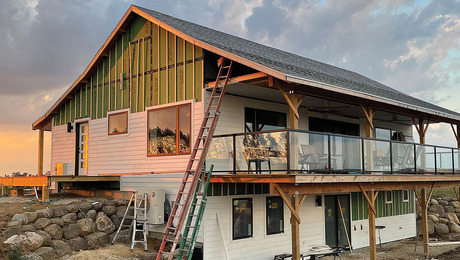Hello all,
I’m in the process of remodeling my bathroom and I want to make sure that I’m up to code when it comes to ventilation. Can anyone tell me what the current building code requirements are for bathroom ventilation? Specifically, I’m wondering about the size of the fan and where it needs to be located.
From my research, it seems that the International Residential Code (IRC) requires a minimum of 50 cubic feet per minute (CFM) of airflow for a bathroom fan
. However, some states and municipalities may have different requirements, so it’s important to check with your local building department.
In terms of location, the fan should be installed in the ceiling or wall and should be vented to the exterior of the building. It’s also recommended that the fan be located at least six feet away from the shower or bathtub to prevent moisture from building up in the fan itself.
Additionally, it’s important to make sure that the fan is properly sized for the size of your bathroom. A fan that is too small may not be effective at removing moisture and odors, while a fan that is too large may be noisy and inefficient.
Overall, it’s important to make sure that your bathroom ventilation system is up to code to prevent moisture buildup and potential mold growth. If you have any additional tips or information about bathroom ventilation requirements, please share them in the comments. Thanks!















Replies
Code requirements apply to your specific location and are enforced by local authorities. Feel free to engage with them directly on codes and enforcement.
I like to use a remote inline fan for bath venting. I find it much quieter and like to use a timer switch to operate.
You may also want to look into Energy recovery devices, which can also serve to remove excess moist air from the bathroom.
Many options exist, and even when codes are fully understood, you have many choices.
- CFM mins
- Duct runs
- Noise levels.
- Some may require timers/occupant sensors for energy code reasons.